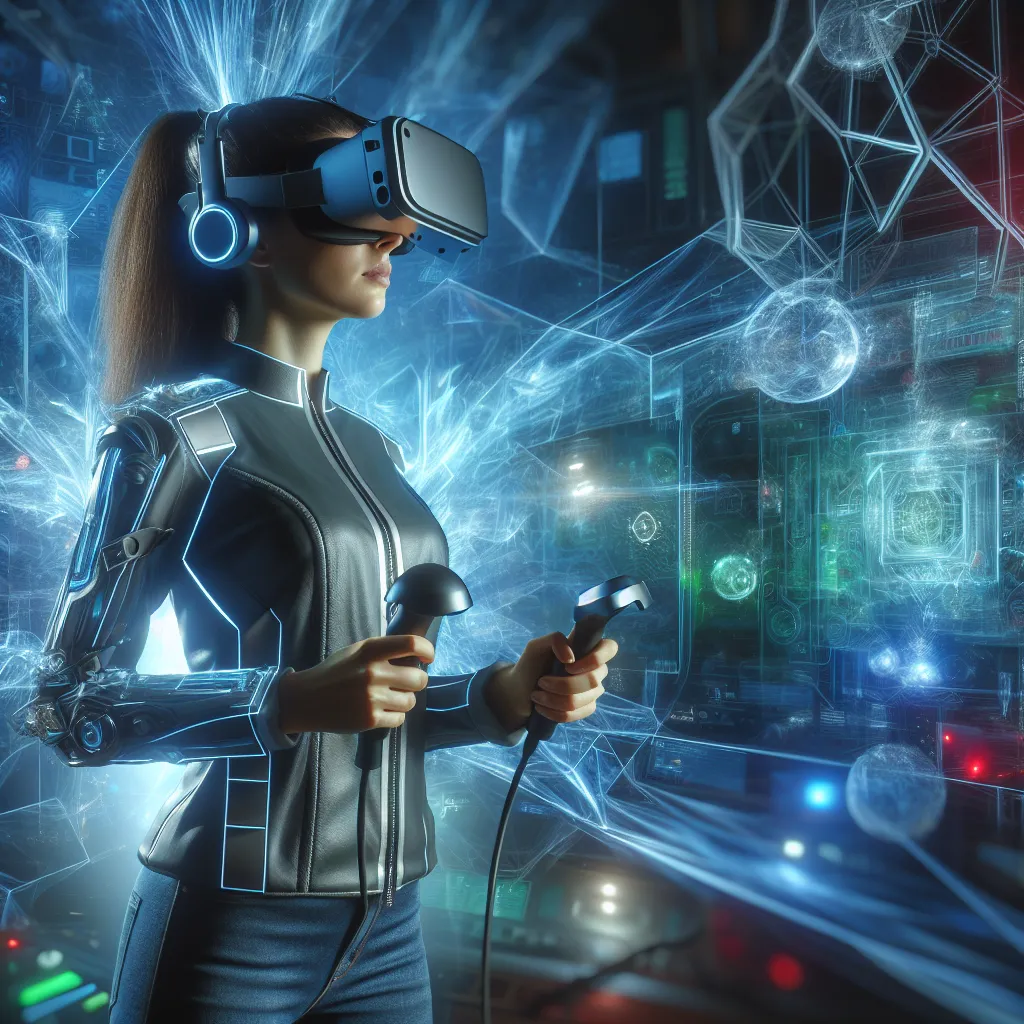Rise of Virtual and Augmented Reality in Gaming
In recent years, the gaming industry has witnessed a significant surge in the development and integration of virtual and augmented reality technologies. These innovations have revolutionized the way players interact with games, paving the way for a truly immersive gaming experience. Virtual reality (VR) technology has enabled players to step into a whole new world, providing an unparalleled level of immersion and escapism. On the other hand, augmented reality (AR) has opened up new possibilities by blending the virtual and real worlds, allowing for interactive gaming experiences in real-life environments.
The rise of VR and AR in gaming has not only transformed the way games are played but has also created new opportunities for game developers to explore innovative concepts and designs. With the advancements in VR and AR hardware, such as headsets and motion controllers, players can engage in highly interactive and realistic gaming experiences. This has led to the creation of diverse gaming environments, from fantasy worlds to simulation-based scenarios, enhancing the overall gaming experience.
Furthermore, the integration of VR and AR technologies has expanded the horizons of multiplayer gaming, enabling players to connect in virtual spaces and collaborate in ways that were previously unimaginable. This shift towards a more immersive and interactive gaming landscape has redefined the possibilities for social gaming and online communities. As the technology continues to evolve, we can expect to see even more seamless integration of VR and AR in gaming, blurring the lines between the virtual and physical realms and opening up new frontiers for creativity and innovation in game development.
The Impact of Cloud Gaming on the Industry
Cloud gaming is rapidly transforming the gaming industry, offering significant benefits to both gamers and developers. By leveraging the power of remote servers, cloud gaming enables users to stream games directly to their devices, eliminating the need for expensive gaming hardware and opening up new possibilities for accessibility. This shift towards cloud-based gaming has the potential to democratize the gaming experience, as players can enjoy high-end gaming content on a range of devices, including smartphones, tablets, and low-spec PCs. The convenience and flexibility offered by cloud gaming are revolutionizing the way people access and engage with interactive entertainment.
From the industry perspective, cloud gaming presents a compelling opportunity for game developers and publishers to reach a wider audience. With the elimination of hardware constraints, developers can focus on optimizing their games for streaming, ensuring consistent performance across various devices. This paradigm shift may lead to a more diverse and inclusive gaming landscape, as barriers to entry are lowered and new player demographics emerge.
However, the transition to cloud gaming also raises important considerations regarding data security, privacy, and the overall infrastructure required to support seamless gameplay experiences. As the industry grapples with these challenges, technological advancements in cloud infrastructure, edge computing, and network capabilities will play a pivotal role in shaping the future of cloud gaming.
In conclusion, the impact of cloud gaming on the gaming industry is profound, ushering in an era of accessibility, innovation, and new opportunities for stakeholders across the board. As technology continues to evolve, the ongoing development of cloud gaming services will undoubtedly shape the future of gaming, influencing how games are created, distributed, and experienced by a global audience.
AI and Machine Learning: Shaping the Future of Gaming
AI and machine learning are shaping the future of gaming in remarkable ways. With advancements in AI technology, game developers are able to create more immersive and interactive gaming experiences. One of the key areas where AI is making a significant impact is in the development of intelligent non-player characters (NPCs) that can adapt to the player’s behavior and make the game world feel more dynamic and realistic.
Furthermore, AI and machine learning are being utilized to enhance procedural generation in games, allowing for the creation of vast and diverse game worlds that are generated algorithmically. This not only saves time for developers but also leads to more varied and expansive gaming environments for players to explore.
Moreover, AI is revolutionizing player experience through personalized content recommendations and adaptive difficulty levels. By analyzing the player’s behavior and preferences, AI algorithms can tailor the game experience to individual players, providing them with challenges that are well-suited to their skill level and offering content that aligns with their interests.
As we look to the future, we can expect AI and machine learning to continue pushing the boundaries of gaming, enabling new forms of gameplay, storytelling, and player immersion. The seamless integration of AI technologies into gaming is set to redefine the possibilities of interactive entertainment, ultimately shaping the future of gaming in profound ways.


